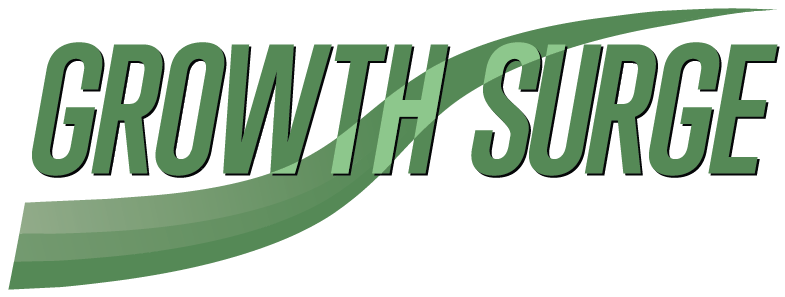“Strategy” Is A Daily Event
In the scramble to preserve revenue and cut costs to survive, it seems many business owners are losing sight of the long game. Obviously, there’ll be no tomorrow if we don’t look after today. But this shouldn’t mean we do things today that are out of sync with our plans for tomorrow. Nor should it mean we focus exclusively on today.
In fact, that last point is a common myth of strategic management, that it’s something that happens a long time from now. Because it’s not urgent, it’s convenient to be interruption driven, allowing our attention to be pulled to each crisis that pops up. It takes mental and emotional discipline to make time for non-urgent tasks, like working on strategy.
“Working on strategy” is hard not only due to external factors, like a lockdown crisis, but internal deficiencies in planning. For example, we typically find entrepreneurs have clear-enough long-term plans and good-enough operational systems, but what’s lacking is a clear decomposition of strategy into shorter and smaller targets. This leads to strategic mis-alignment. Unless you break down your 5-year plan into annual, monthly and daily goals, your daily work is unlikely to pull you closer towards your long term vision.
(Of course, it starts with having the right strategy. If you want a logical starting point, we’ve written previously about this here: “Learning From Universities’ Mistakes” (14 May 2020), and “Is Your Strategy Broken?” (28 July 2020).)
That’s why, in our conversations with past and current clients, we love hearing their stories of implementing urgent solutions to the COVID-19 challenges that are consciously guided by their long-term strategies.
These might well be quick fixes, but because of their strategic alignment, they’re not temporary stop-gaps to be thrown away in better times. The money and effort implementing the solutions generate a return on not only surviving, but furthering the strategy.
A satisfying case study is Kerston Foods, a food distributor to the hospitality sector. In a recent call with owner, Richard Kershaw, he shared just how beautifully uncomplicated strategic alignment can be. To cope with the lockdown challenges, Richard and his team implemented an online solution to make it easier for customers to order from them.
The solution is a simple ordering platform, hosted by Food Supply Network (FSN), which lets customers place orders online instead of by phone or email. Customers continue to settle their invoices the old way, by EFT. (Full e-commerce was not a priority because most e-commerce systems are capable of exclusively credit card transactions, which doesn’t suit B2B billing and collection methods.)
Specifically, the ordering system solved 3 sales challenges:
1. better accuracy in delivering what customers want by eliminating “broken telephone” errors with email and phoned-in orders,
2. faster fulfilment by reducing the effort in verifying each order before picking and packing, which reduced lead times for customers, and
3. better reporting visibility, which improve inventory management and reduce stock-out events.
The system also pre-emptively solved a problem that wasn’t a problem yet. Because customer experience is improved, the features that achieve this are also new selling points in Kerston Foods’ value proposition.
The choice of ordering system partner was also a strategically-informed decision. With Naspers’ recent investment in FSN (Naspers press release, 16 Sep. 2020), this is usually a good sign that FSN is likely to stick around. Also, we should expect FSN being able to fund R & D to introduce additional features and services, which can further enhance Kerston Foods’ customers' experience.
Kerston Foods not only solved their immediate stay-alive goals, but multiple strategic intentions around internal efficiencies, customer retention and marketing growth.
In other words, what can you learn from this case study to ensure your strategic imperatives drive how you solve today’s challenges?
